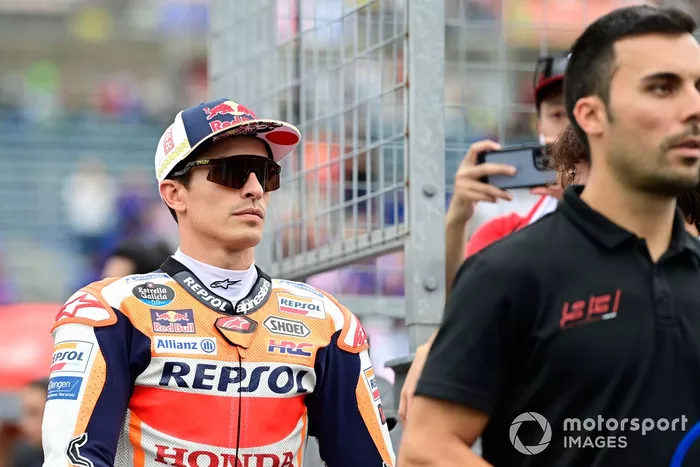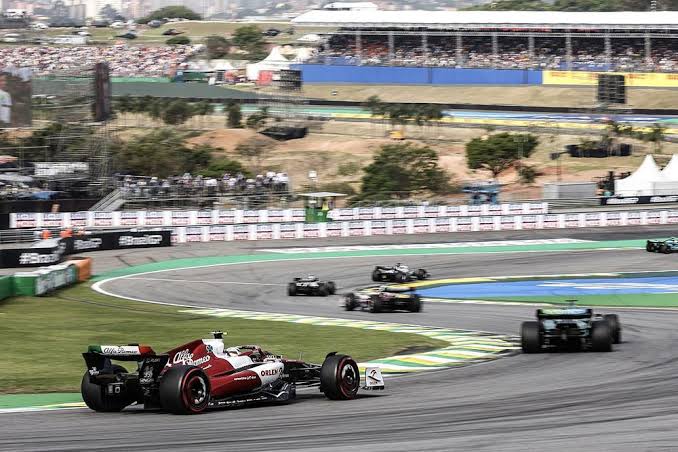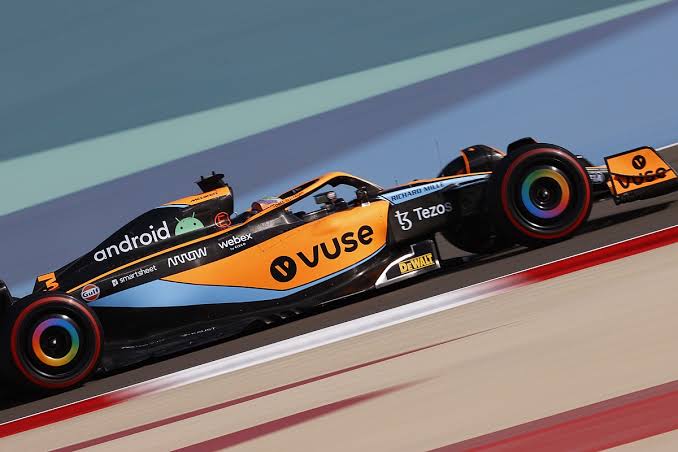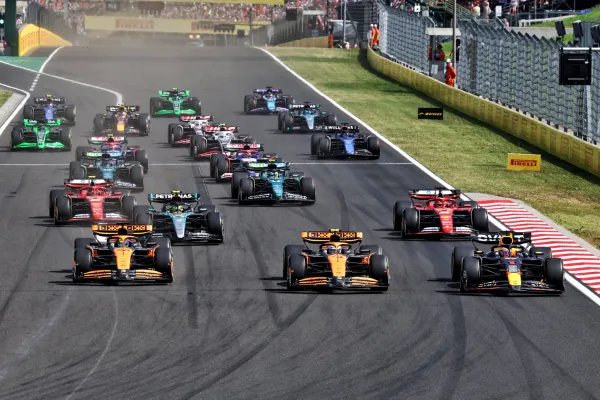Can F1 Freeze 2024 Cars For 2025?
Formula 1, the pinnacle of motorsport, has always thrived on innovation, competition, and the pursuit of excellence. Each season introduces a fresh crop of cutting-edge cars, pushing the boundaries of technology and design. Yet, as the sport hurtles toward the highly anticipated 2026 regulations, an intriguing question emerges: Can F1 put the brakes on development and freeze the 2024 cars for the 2025 season?
It’s a topic that challenges the very essence of F1’s DNA.
The catalyst for this debate came from an unexpected source: James Allison, the esteemed Technical Director of the Mercedes-AMG Petronas Formula One Team. In the aftermath of the Qatar Grand Prix, Allison offered a thoughtful analysis of F1’s future, raising questions about the strategic role of cars in the next season. His insights cast a spotlight on the impending 2026 regulations and how the budget allocated in 2025 will be funneled into the new generation of F1 cars.
Allison’s premise is straightforward: the looming changes in 2026 demand that the cars for the 2025 season be carefully designed and engineered. The 2025 F1 cars are likely to be close relatives of their 2024 counterparts. In essence, F1 teams will have a mere year to craft a car capable of competing at the highest level before a radical shift in regulations.
The 2026 regulations promise a transformative era for the sport. These changes include new power units with a 50% electric power component, cars with reduced dimensions, lighter weight, and enhanced aerodynamics. It’s an overhaul that necessitates extensive time and resources, not just in terms of finances but also the expertise of engineers and designers. With F1 now adhering to a stringent budget cap, there’s a genuine concern about allocating resources wisely.
The idea of freezing car developments is not entirely new in Formula 1. In the midst of the COVID-19 pandemic, the sport embraced a similar concept in 2021. The cars for that season retained a striking resemblance to their predecessors, with only minor technical updates permitted. This was a strategic decision, motivated by the need to support smaller teams who had been financially strained by the pandemic, leading to a suspension of the 2020 season for six months.
The results of this financial strategy, engineered by Liberty Media, the sport’s promoter, were profound. While it breathed new life into the teams, propelling them to previously unimaginable valuations, it also highlighted the need for budget constraints. The question then arises: Can the concept of freezing developments be revisited, given the impending transformation of F1 in 2026?
A critical issue that springs forth from this debate is fairness. F1 has always prided itself on being a crucible of competition where innovation is rewarded. However, freezing the 2024 cars for the 2025 season could pose ethical and competitive dilemmas. While it might serve as a lifeline for smaller teams striving to stay afloat in the fiercely competitive F1 landscape, it could potentially inhibit the upward trajectory of dominant teams.
Consider Red Bull Racing, which has been basking in the glory of Max Verstappen’s unparalleled dominance. Halting car developments could potentially curb their growth, leveling the playing field for others. This leads us to the heart of the matter: should teams that have established a technical advantage be allowed to maintain it?
In a sport where milliseconds can separate champions from runners-up, maintaining competitiveness is a complex challenge. Those at the forefront of F1 engineering possess a relentless pursuit of excellence. They yearn to innovate, to push the boundaries of what’s possible, and to engineer cars that can go faster and handle better. It’s this spirit that has elevated F1 to its iconic status. Freezing developments may stifle this spirit, or they could nurture a renewed sense of competitiveness as teams strive to optimize the performance of their existing cars.
While F1 debates the possibility of freezing the 2024 cars for 2025, it stands at a crossroads. The decision it makes will significantly impact the sport’s competitive landscape and the allocation of resources. A delicate balance must be struck between tradition and innovation, between fair competition and equitable opportunity.
The path forward is uncertain, and the coming months will be pivotal in shaping the future of Formula 1. Regardless of the decision taken, one thing remains certain: F1 is on the cusp of a transformational era. With the 2026 regulations set to redefine the sport, 2025 will serve as a bridge to this new horizon.
As we await the sport’s verdict on freezing developments, Formula 1 enthusiasts around the world hold their breath. The decision reached will have far-reaching consequences, setting the tone for a sport that’s defined by its relentless pursuit of excellence and its unwavering commitment to being at the forefront of motorsport technology.






















